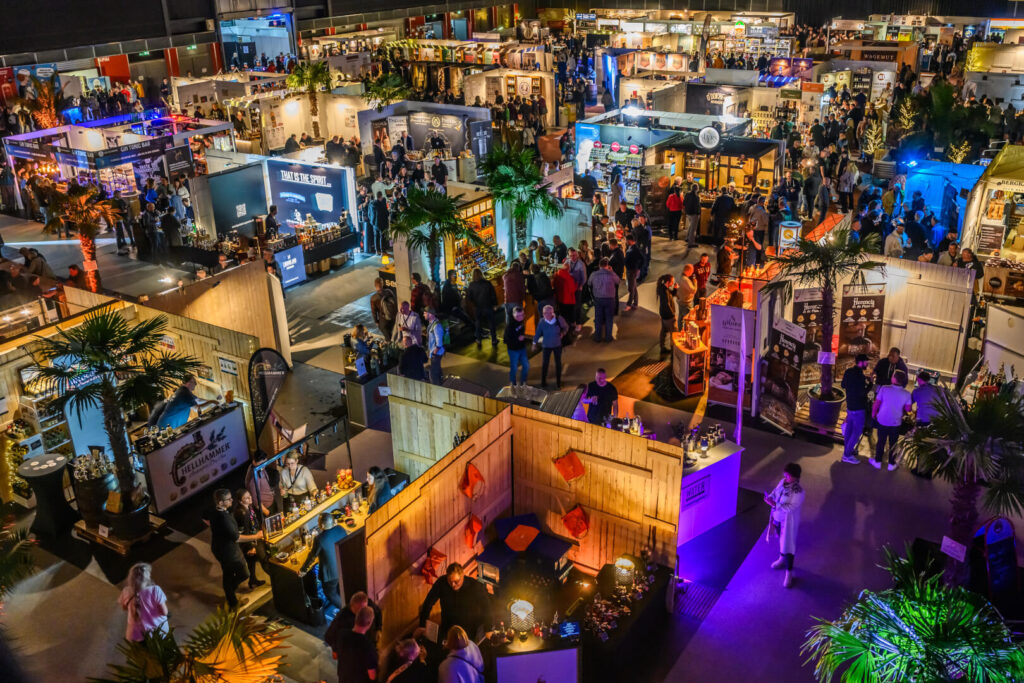
Startseite Spirits
Spirits
Komm mit auf die Insel des guten geschmacks
Entdecke auf dem BOTTLE MARKET die Vielfalt von Whisky/Whiskey, Rum/Rhum, Gin und weiteren Spirits!
Whisky/Whiskey
Der BOTTLE MARKET ist das größte Spirituosen-Event im Nordwesten. Bei uns findest du Whiskys aus allen schottischen Herstellungsregionen sowie Island, Schweden, Deutschland, Frankreich, Indien, Taiwan, Japan, Kanada… und natürlich Whiskey aus Irland.
Egal, ob du ein „Smokehead“ bist oder einen „leichten Iren“ bevorzugst, ob du Klassiker favorisierst oder Neuheiten entdecken möchtest, ob du Rye-Whisky oder Bourbon liebst, ob du Single Casks sammelst oder Standards zugeneigt bist– unsere Ausstellenden haben den richtigen Stoff für dich!
Vielleicht findest du bei uns deinen neuen Liebling für die Weihnachtstage?! Komm vorbei, bringe deine Liebsten mit und probiere an den Ständen zum Selbstkostenpreis. You won’t miss it!
Whisky/Whiskey-Facts
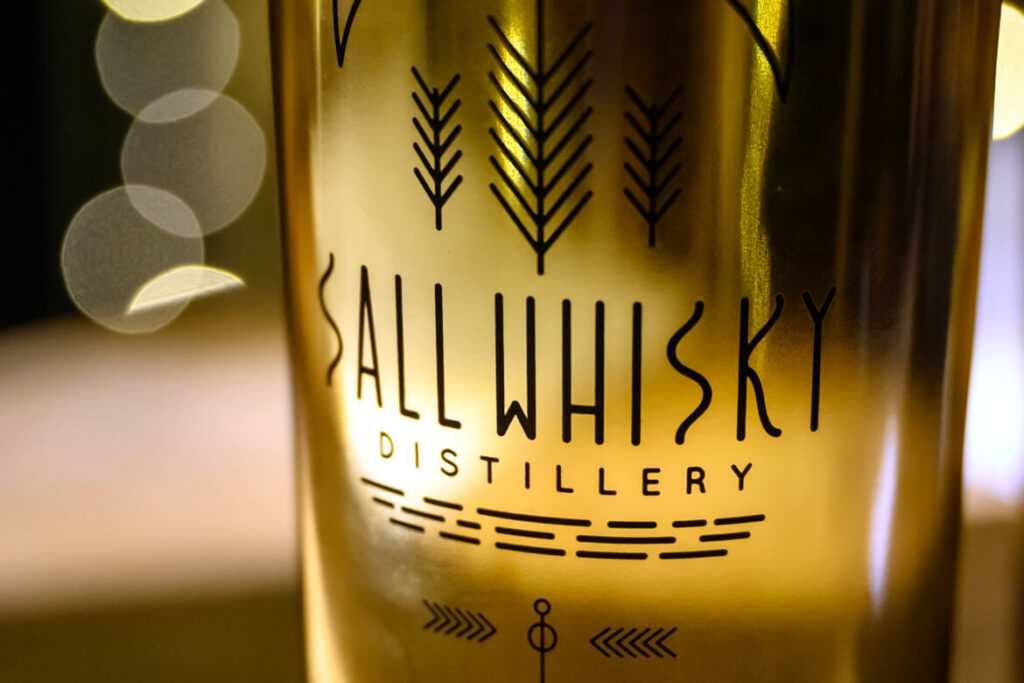
Was ist Whisky/Whiskey?
Whisky/Whiskey – auch Wasser des Lebens genannt – ist eine Spirituose, zu deren wichtigste Zutaten Wasser, Hefe und unterschiedliche Getreidearten gehören. Man unterscheidet Scotch Whisky von Irish Whiskey und Bourbon Whiskey.
Wie wird Whisky/Whiskey hergestellt?
Für die Herstellung von Whisky/Whiskey wird vergorener Getreidebrei destilliert (gebrannt), und zwar zwei- oder dreimal. Bei Whiskey aus Amerika muss der hierbei gewonnene Alkohol danach mindestens zwei Jahre in einem Holzfass reifen, alle anderen Whiskys/Whiskey s lagern für mindestens drei Jahre.
In den meisten Ländern, in denen Whisky/Whiskey hergestellt wird, sind Fässer aus Eichenholz zur Lagerung Vorschrift.
Alkoholgehalt
Der Alkoholgehalt von Whisky/Whiskey beträgt mindestens 40,0 % Vol.
Begriffe
Bei der Bezeichnung wird schlicht zwischen schottischem Whisky ohne „e“ und Irish- sowie American Whiskey mit „ey“ unterschieden. Mittlerweile stammt Whisky/Whiskey nicht mehr nur aus diesen drei Ländern, sondern wird im Prinzip auf der ganzen Welt hergestellt. Je nachdem in welcher Tradition sich der oder die Hersteller:in sieht, so bezeichnen sie auch ihren Whisky/Whiskey. Der kleine Unterschied in der Schreibweise ist somit mehr als ein bloßes Stilmittel.
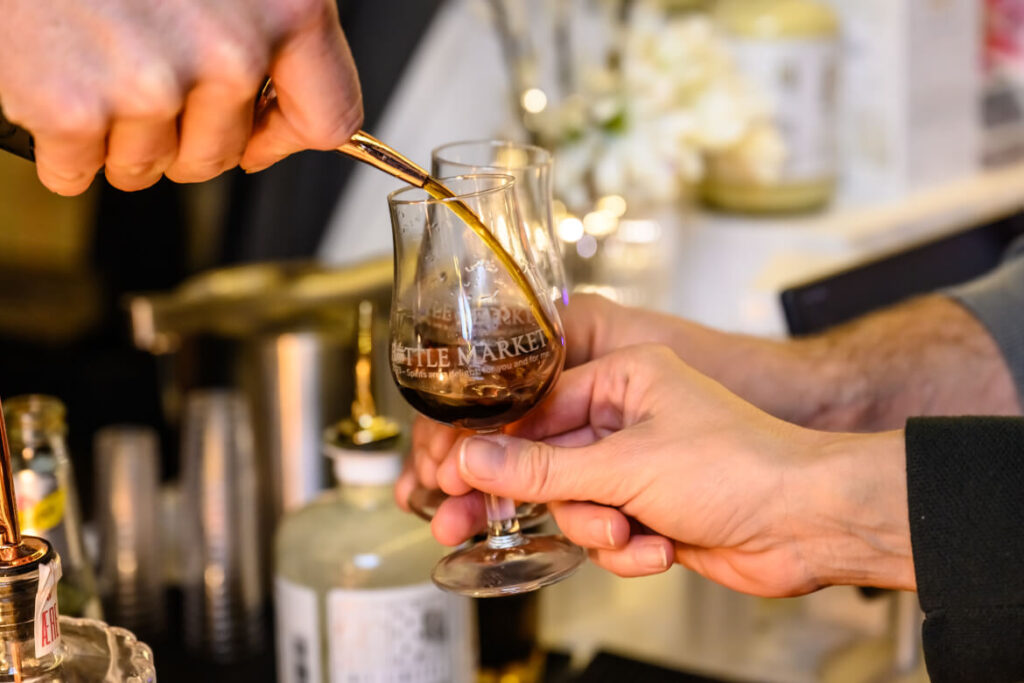
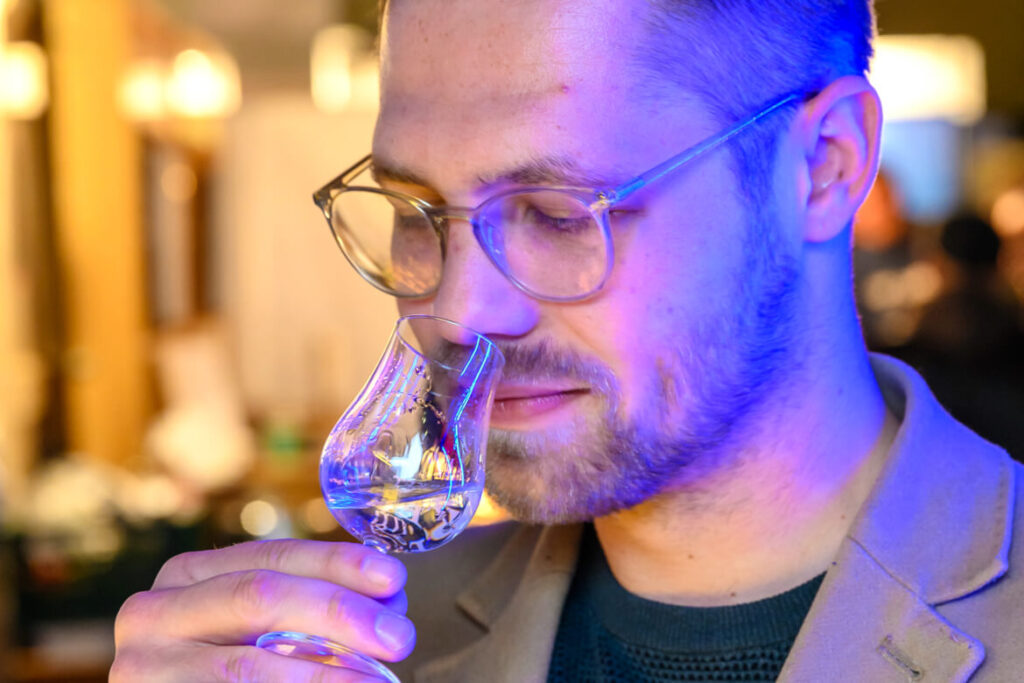
Taste the spirit
Sicher dir jetzt Tages- und Gruppentickets für den BOTTLE MARKET 2025.
Rum/Rhum
Die dänische Westindienflotte betrieb im 18. Jahrhundert intensiven Handel mit der Handelsstadt Flensburg. Seither trinkt (nicht nur) der Norddeutsche Rum/Rhum – in seinem Tee, in Cola und als Cocktail!
Wie vielfältig und spannend guter Zuckerrohrschnaps pur ist kannst du bei unseren Ausstellenden herausfinden. Ob Rum, Rhum oder Ron – entdecke die exotische Welt des Zuckerrohrs und verkoste Erzeugnisse aus allen bekannten und auch unbekannteren Herstellernationen. Ob Rum/Rhum auf Basis von Zuckerrohrsaft oder Melasse – mit uns gehst du auf eine genussvolle Weltreise und kannst einen neuen Favoriten für die gemütliche Jahreszeit finden.
Zudem hast du die Möglichkeit, an Tastings teilzunehmen und mehr über die unterschiedlichen Sorten, den Herstellungsprozess und die Herkunftsländer zu erfahren.
Rhum/Rhum-Facts
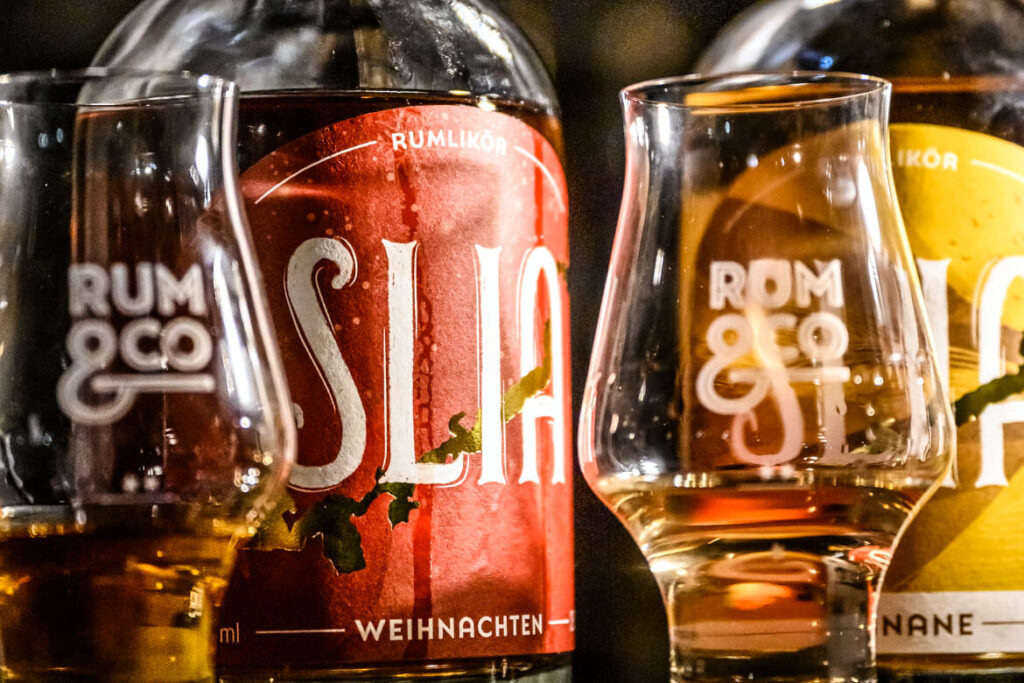
Was ist Rum/Rhum?
Rum/Rhum ist ein Spirituose, die nicht auf Getreide oder einer Frucht/Beere basiert – im Gegensatz zu Whisky/Whiskey und Gin. Stattdessen setzt man auf Zuckerrohrsaft (sugar cane) oder entsprechend aus der Melasse von Zuckerrohr, also dem zerhackten und ausgekochten Zuckerrohr. Das ist der Rohstoff, ohne den die Herstellung von Rum/Rhumnicht denkbar wäre.
Kategorien
Rhum/Rhum wird in unterschiedliche Ober- und Unterkategorien unterteilt. Die einen unterscheiden in dunklen oder braunen Rum/Rhum (Dark Rum oder Aged Rum genannt) und in weißen Rum/Rhum (White oder Blanco). Die anderen richten sich nicht nach der Farbe, sondern nach dem exakten Rohstoff: Melasse Rum/Rhum und Zuckerrohrsaft Rum/Rhum.
Alkoholgehalt
Der Alkoholgehalt von Rum/Rhum liegt bei mindestens 37,5 % Vol. Es gibt natürlich auch Rum/Rhum mit deutlich höherem Alkoholgehalt.
Herstellung
Bei der Herstellung gibt es verschiedene faszinierende Arbeitsschritte zu beachten, die zeigen, dass Rum/Rhum eine hochwertige Spirituose darstellt: insbes. Ernte und Extraktion, Fermentierung, Destillation, Lagerung und Reifung.
Begriffe
Es gibt es drei verschieden Varianten: Rum/Rhum stammt aus dem geographischen Raum der britischen Überseeinseln in der Karibik oder dem Südosten des indischen Ozeans.
Bei Ron handelt es sich um die Bezeichnung für einen Rum/Rhum aus Zuckermelasse, hergestellt in den spanischen Antillen.
Rhum kommt von den französischen Antillen (heute hauptsächlich Martinique, Guadeloupe und La Réunion) und trägt oftmals den Zusatz Agricole.
Gin
Rund 25 Herstellende und Importierende erwarten dich auf dem BOTTLE MARKET, um dir Wacholderschnaps aus zwölf Ländern zu präsentieren. Insgesamt kannst du weit über 100 Sorten entdecken. Ob London Dry, New Western Style, Sloe oder Barrel Aged – wir haben für jeden Geschmack den richtigen Gin am Start!
Lass Dir etwas über die Besonderheiten der einzelnen Gin-Marken erzählen. Teste einen Gin mit verschiedenen Tonics. Rosmarin, Pfeffer oder, ganz klassisch, Gurke? Lerne, welches Garnish die feinen Aromen von deinem neuen Favoriten am besten unterstützen.
Gin-Facts
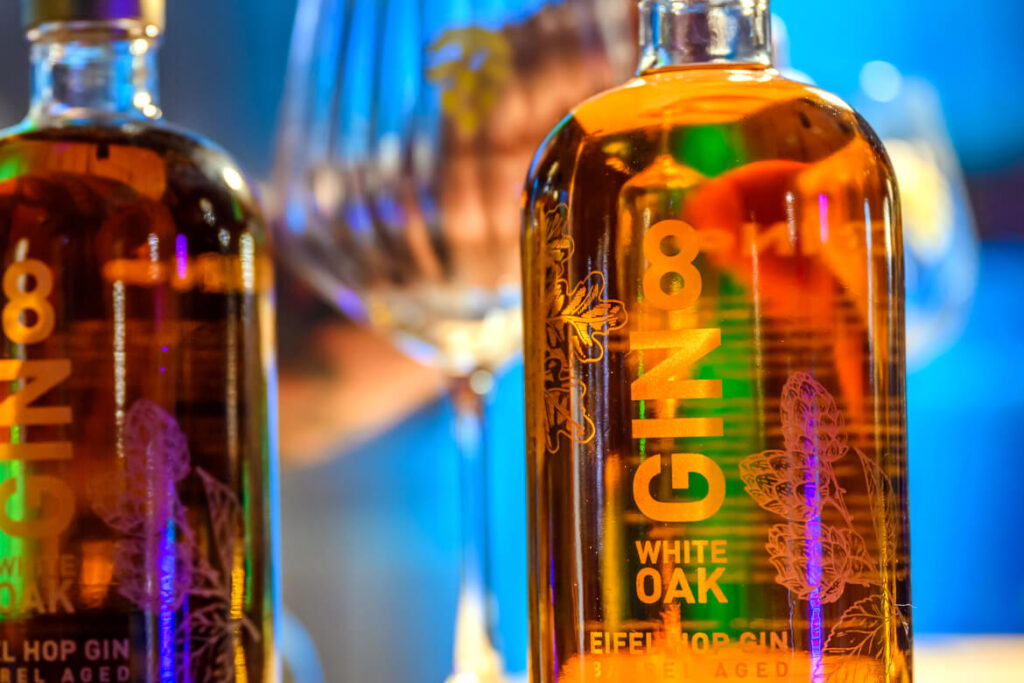
Was ist Gin?
Gin ist eine Spirituose , die durch Aromatisieren von Ethylalkohol landwirtschaftlichen Ursprungs mit Wacholderbeeren (Juniperus communis L.) hergestellt wird.
Ethylalkohol ist ein Neutralalkohol ohne erkennbaren Eigengeschmack, üblicherweise aus Getreide, mit einem Alkoholgehalt von mindestens 96 % Vol., der durch einen natürlichen Gärungsprozess entsteht und nicht künstlich synthetisiert wird.
Alkoholgehalt
Der Alkoholgehalt von Gin beträgt mindestens 37,5 % Vol.
Aromen
Bei der Herstellung von Gin dürfen nur Aromastoffe und Aromaextrakte verwendet werden, durch die der Geschmack nach Wacholder vorherrschend bleibt.
Begriffe
Die Bezeichnung Gin darf grundsätzlich durch den Begriff Dry ergänzt werden, wenn der Gehalt zugesetzter süßender Erzeugnisse nicht mehr als 0,1 g/L des Fertigerzeugnisses beträgt. Soweit das Amtsdeutsch.
Es gibt drei offizielle Sorten Gin: London Gin, Distilled Gin und Sloe Gin. Diese Sorten beziehen sich nicht auf den Geschmack, sondern auf das Herstellungsverfahren. Alle anderen Sorten sind entweder historisch oder haben sich eingebürgert. Sie sind inoffiziell.